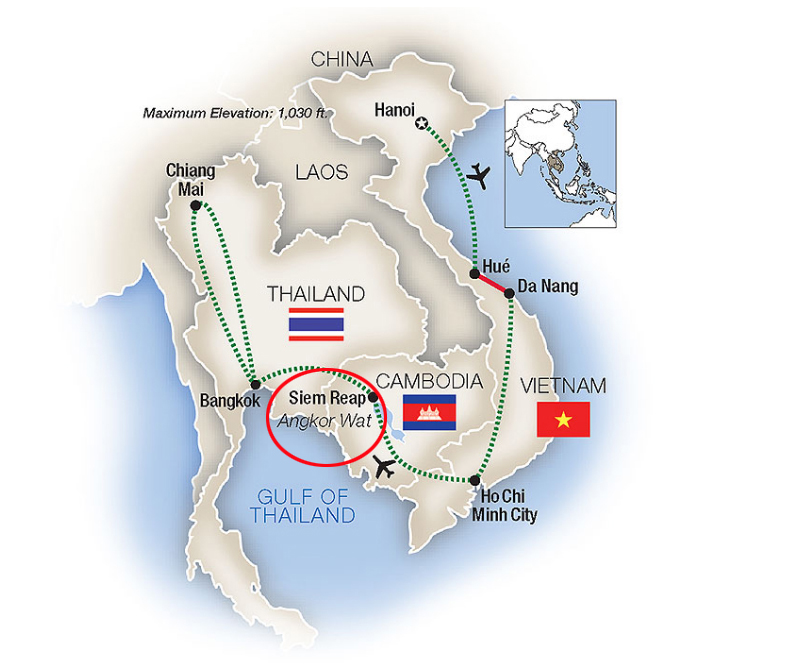Cambodia: Siem Reap
Dec 23, 2022 14:35:14 #
Sadly, our week in Vietnam came to an end but more adventures and great sights greated us on our next stop in Siem Reap Cambodia.
Siem Reap (Khmer: សៀមរាប, Siĕm Réab [siəm riəp]) is the second-largest city of Cambodia, as well as the capital and largest city of Siem Reap Province in northwestern Cambodia.
Siem Reap has French colonial and Chinese-style architecture in the Old French Quarter and around the Old Market. In the city, there are museums, traditional Apsara dance performances, a Cambodian cultural village, souvenir and handicraft shops, silk farms, rice paddies in the countryside, fishing villages and a bird sanctuary near Tonlé Sap, and a cosmopolitan drinking and dining scene. Cambodia’s Siem Reap city, home to the famous Angkor Wat temples, was crowned the ASEAN City of Culture for the period 2021–2022 at the 9th Meeting of the ASEAN Ministers Responsible for Culture and Arts (AMCA) organised on Oct 22, 2020.
Siem Reap today—being a popular tourist destination—has many hotels, resorts, and restaurants. This owes much to its proximity to the Angkor Wat temples, Cambodia's most popular tourist attraction.
The name "Siem Reap" can be translated to mean 'defeat of Siam' (siem in Khmer), and is commonly taken as a reference to an incident in the centuries-old conflict between the Siamese and Khmer kingdoms, although this is probably apocryphal. According to oral tradition, King Ang Chan (1516–1566) had named the town "Siem Reap" after he repulsed an army sent to invade Cambodia by the Thai king Maha Chakkraphat in 1549. Scholars such as Michael Vickery consider this derivation to be simply a modern folk etymology, and maintain that while the names Siem Reap and Chenla, the old Chinese name for Cambodia, may perhaps be related, the actual origin of the name is unknown.
The traditional tale claims that King Ang Chan of Cambodia tried to assert greater independence from Siam, which was then struggling internally. The Siamese king Chairacha had been poisoned by his concubine, Lady Sri Sudachan, who had committed adultery with a commoner, Worawongsathirat, while the king was away leading a campaign against the Kingdom of Lan Na. Sudachan then placed her lover on the throne. The Thai nobility lured them outside the city on a royal procession by barge to inspect a newly discovered white elephant. After killing the usurper, along with Sudachan and their new-born daughter, they invited Prince Thianracha to leave the monkhood and assume the throne as King Maha Chakkraphat (1548–1569). With the Thais distracted by internal problems, King Ang Chan attacked. He seized the Siamese city of Prachinburi in 1549, sacking the city and making slaves of its inhabitants. Only then did he learn that the succession had been settled and that Maha Chakkraphat was the new ruler. Ang Chan immediately retreated to Cambodia, taking captives with him. King Maha Chakkraphat was furious over the unprovoked attack, but Burma had also chosen to invade through Three Pagodas Pass. The Burmese army posed a much more serious threat, as it captured Kanchanaburi and Suphanburi. It then appeared before Ayutthaya itself.
The Thai army managed to defeat the Burmese, who quickly retreated through the pass. Maha Chakkraphat's thoughts then turned to Cambodia. Not only had Ang Chan attacked and looted Prachinburi, turning its people into slaves, but he also refused to give Maha Chakkraphat a white elephant he had requested, rejecting even this token of submission to Siam.[6] Maha Chakkraphat ordered Prince Ong, the governor of Sawankhalok, to lead an expedition to punish Ang Chan and recover the Thai captives. The rival armies met, and Ang Chan killed Prince Ong with a lucky musket shot from an elephant's back. The leaderless Thai army fled, and Ang Chan allegedly captured more than 10,000 Siamese soldiers. To celebrate his great victory, King Ang Chan supposedly named the battleground "Siem Reap", meaning 'the total defeat of Siam'.
In reality, surviving historic sources make this derivation appear unlikely, since they date the decline of Angkor to more than a century before this, when a military expedition from Ayutthaya captured and sacked Angkor Wat, which began a long period of vassal rule over Cambodia. The 1431 capture coincided with the decline of Angkor, though the reasons behind its abandonment are not clear. They may have included environmental changes and failings of the Khmer infrastructure.
From the 16th to the 19th centuries, infighting among the Khmer nobility led to periodic intervention and domination by both of Cambodia's more powerful neighbors, Vietnam and Siam. Siem Reap, along with Battambang (Phra Tabong) and Sisophon, major cities in northwest Cambodia, was under Siamese administration and the provinces were collectively known as Inner Cambodia from 1795 until 1907, when they were ceded to French Indochina. During the 18th century, under the rule of the Ayutthaya Kingdom, it was known as Nakhon Siam ('Siam's city').
Siem Reap was little more than a village when French explorers such as Henri Mouhot "re-discovered" Angkor in the 19th century. However, European visitors had visited the temple ruins much earlier, including António da Madalena in 1586. In 1901, the École française d'Extrême-Orient (EFEO) ('French School of the Far East') began a long association with Angkor by funding an expedition into Siam to the Bayon. The EFEO took responsibility for clearing and restoring the whole site. In the same year, the first Western tourists arrived in Angkor, a total of about 200 in just three months. Angkor had been "rescued" from the jungle and was assuming its place in the modern world.
With the acquisition of Angkor by the French in 1907 following a Franco-Siamese treaty, Siem Reap began to grow. The Grand Hotel d'Angkor opened in 1929 and the temples of Angkor became one of Asia's leading draws until the late-1960s, when civil war kept tourists away. In 1975, the population of Siem Reap, like all other Cambodian cities and towns, was driven into the countryside by the communist Khmer Rouge.
Siem Reap is a cluster of small villages along the Siem Reap River. These villages were originally developed around Buddhist pagodas (wats) which are almost evenly spaced along the river from Wat Preah En Kau Sei in the north to Wat Phnom Krom in the south, where the Siem Reap River meets the great Tonlé Sap Lake.
Town centre is concentrated around Sivutha Street and the Psar Chas area (Old Market area) where there are old colonial buildings, shopping and commercial districts. The Wat Bo area is now full of guesthouses and restaurants while the Psar Leu area is often crowded with jewelry and handicraft shops, selling such items as rubies and woodcarving. Other fast developing areas are the airport road and main road to Angkor where a number of large hotels and resorts can be found.
Tourism is a very important aspect of the economy of Siem Reap – it was estimated in 2010 that over 50% of jobs in the town were related to the tourism industry. The city has seen a massive increase in tourist exchange in the couple of decades after the end of the Khmer Rouge era, and businesses centered on tourism have flourished due to the tourism boom. Visitor numbers were negligible in the mid-1990s, but by 2004, over half a million foreign visitors had arrived in Siem Reap Province that year, approximately 50% of all foreign tourists in Cambodia. By 2012, tourist numbers had reached over two million.
Siem Reap's recent history is colored by the horror of the brutal Khmer Rouge regime. Since Pol Pot's death in 1998, however, relative stability and a rejuvenated tourist industry have revived the city and province.
Siem Reap now serves as a small gateway town to the world heritage site of Angkor Wat. In recent years, the city has regularly ranked in the top ten for "Best Destination" lists produced by entities such as TripAdvisor, Wanderlust Magazine, and Travel+Leisure
https://en.wikipedia.org/wiki/Siem_Reap
I hope you enjoy the next several sets from our visit to Cambodia.
Mark
Siem Reap (Khmer: សៀមរាប, Siĕm Réab [siəm riəp]) is the second-largest city of Cambodia, as well as the capital and largest city of Siem Reap Province in northwestern Cambodia.
Siem Reap has French colonial and Chinese-style architecture in the Old French Quarter and around the Old Market. In the city, there are museums, traditional Apsara dance performances, a Cambodian cultural village, souvenir and handicraft shops, silk farms, rice paddies in the countryside, fishing villages and a bird sanctuary near Tonlé Sap, and a cosmopolitan drinking and dining scene. Cambodia’s Siem Reap city, home to the famous Angkor Wat temples, was crowned the ASEAN City of Culture for the period 2021–2022 at the 9th Meeting of the ASEAN Ministers Responsible for Culture and Arts (AMCA) organised on Oct 22, 2020.
Siem Reap today—being a popular tourist destination—has many hotels, resorts, and restaurants. This owes much to its proximity to the Angkor Wat temples, Cambodia's most popular tourist attraction.
The name "Siem Reap" can be translated to mean 'defeat of Siam' (siem in Khmer), and is commonly taken as a reference to an incident in the centuries-old conflict between the Siamese and Khmer kingdoms, although this is probably apocryphal. According to oral tradition, King Ang Chan (1516–1566) had named the town "Siem Reap" after he repulsed an army sent to invade Cambodia by the Thai king Maha Chakkraphat in 1549. Scholars such as Michael Vickery consider this derivation to be simply a modern folk etymology, and maintain that while the names Siem Reap and Chenla, the old Chinese name for Cambodia, may perhaps be related, the actual origin of the name is unknown.
The traditional tale claims that King Ang Chan of Cambodia tried to assert greater independence from Siam, which was then struggling internally. The Siamese king Chairacha had been poisoned by his concubine, Lady Sri Sudachan, who had committed adultery with a commoner, Worawongsathirat, while the king was away leading a campaign against the Kingdom of Lan Na. Sudachan then placed her lover on the throne. The Thai nobility lured them outside the city on a royal procession by barge to inspect a newly discovered white elephant. After killing the usurper, along with Sudachan and their new-born daughter, they invited Prince Thianracha to leave the monkhood and assume the throne as King Maha Chakkraphat (1548–1569). With the Thais distracted by internal problems, King Ang Chan attacked. He seized the Siamese city of Prachinburi in 1549, sacking the city and making slaves of its inhabitants. Only then did he learn that the succession had been settled and that Maha Chakkraphat was the new ruler. Ang Chan immediately retreated to Cambodia, taking captives with him. King Maha Chakkraphat was furious over the unprovoked attack, but Burma had also chosen to invade through Three Pagodas Pass. The Burmese army posed a much more serious threat, as it captured Kanchanaburi and Suphanburi. It then appeared before Ayutthaya itself.
The Thai army managed to defeat the Burmese, who quickly retreated through the pass. Maha Chakkraphat's thoughts then turned to Cambodia. Not only had Ang Chan attacked and looted Prachinburi, turning its people into slaves, but he also refused to give Maha Chakkraphat a white elephant he had requested, rejecting even this token of submission to Siam.[6] Maha Chakkraphat ordered Prince Ong, the governor of Sawankhalok, to lead an expedition to punish Ang Chan and recover the Thai captives. The rival armies met, and Ang Chan killed Prince Ong with a lucky musket shot from an elephant's back. The leaderless Thai army fled, and Ang Chan allegedly captured more than 10,000 Siamese soldiers. To celebrate his great victory, King Ang Chan supposedly named the battleground "Siem Reap", meaning 'the total defeat of Siam'.
In reality, surviving historic sources make this derivation appear unlikely, since they date the decline of Angkor to more than a century before this, when a military expedition from Ayutthaya captured and sacked Angkor Wat, which began a long period of vassal rule over Cambodia. The 1431 capture coincided with the decline of Angkor, though the reasons behind its abandonment are not clear. They may have included environmental changes and failings of the Khmer infrastructure.
From the 16th to the 19th centuries, infighting among the Khmer nobility led to periodic intervention and domination by both of Cambodia's more powerful neighbors, Vietnam and Siam. Siem Reap, along with Battambang (Phra Tabong) and Sisophon, major cities in northwest Cambodia, was under Siamese administration and the provinces were collectively known as Inner Cambodia from 1795 until 1907, when they were ceded to French Indochina. During the 18th century, under the rule of the Ayutthaya Kingdom, it was known as Nakhon Siam ('Siam's city').
Siem Reap was little more than a village when French explorers such as Henri Mouhot "re-discovered" Angkor in the 19th century. However, European visitors had visited the temple ruins much earlier, including António da Madalena in 1586. In 1901, the École française d'Extrême-Orient (EFEO) ('French School of the Far East') began a long association with Angkor by funding an expedition into Siam to the Bayon. The EFEO took responsibility for clearing and restoring the whole site. In the same year, the first Western tourists arrived in Angkor, a total of about 200 in just three months. Angkor had been "rescued" from the jungle and was assuming its place in the modern world.
With the acquisition of Angkor by the French in 1907 following a Franco-Siamese treaty, Siem Reap began to grow. The Grand Hotel d'Angkor opened in 1929 and the temples of Angkor became one of Asia's leading draws until the late-1960s, when civil war kept tourists away. In 1975, the population of Siem Reap, like all other Cambodian cities and towns, was driven into the countryside by the communist Khmer Rouge.
Siem Reap is a cluster of small villages along the Siem Reap River. These villages were originally developed around Buddhist pagodas (wats) which are almost evenly spaced along the river from Wat Preah En Kau Sei in the north to Wat Phnom Krom in the south, where the Siem Reap River meets the great Tonlé Sap Lake.
Town centre is concentrated around Sivutha Street and the Psar Chas area (Old Market area) where there are old colonial buildings, shopping and commercial districts. The Wat Bo area is now full of guesthouses and restaurants while the Psar Leu area is often crowded with jewelry and handicraft shops, selling such items as rubies and woodcarving. Other fast developing areas are the airport road and main road to Angkor where a number of large hotels and resorts can be found.
Tourism is a very important aspect of the economy of Siem Reap – it was estimated in 2010 that over 50% of jobs in the town were related to the tourism industry. The city has seen a massive increase in tourist exchange in the couple of decades after the end of the Khmer Rouge era, and businesses centered on tourism have flourished due to the tourism boom. Visitor numbers were negligible in the mid-1990s, but by 2004, over half a million foreign visitors had arrived in Siem Reap Province that year, approximately 50% of all foreign tourists in Cambodia. By 2012, tourist numbers had reached over two million.
Siem Reap's recent history is colored by the horror of the brutal Khmer Rouge regime. Since Pol Pot's death in 1998, however, relative stability and a rejuvenated tourist industry have revived the city and province.
Siem Reap now serves as a small gateway town to the world heritage site of Angkor Wat. In recent years, the city has regularly ranked in the top ten for "Best Destination" lists produced by entities such as TripAdvisor, Wanderlust Magazine, and Travel+Leisure
https://en.wikipedia.org/wiki/Siem_Reap
I hope you enjoy the next several sets from our visit to Cambodia.
Mark
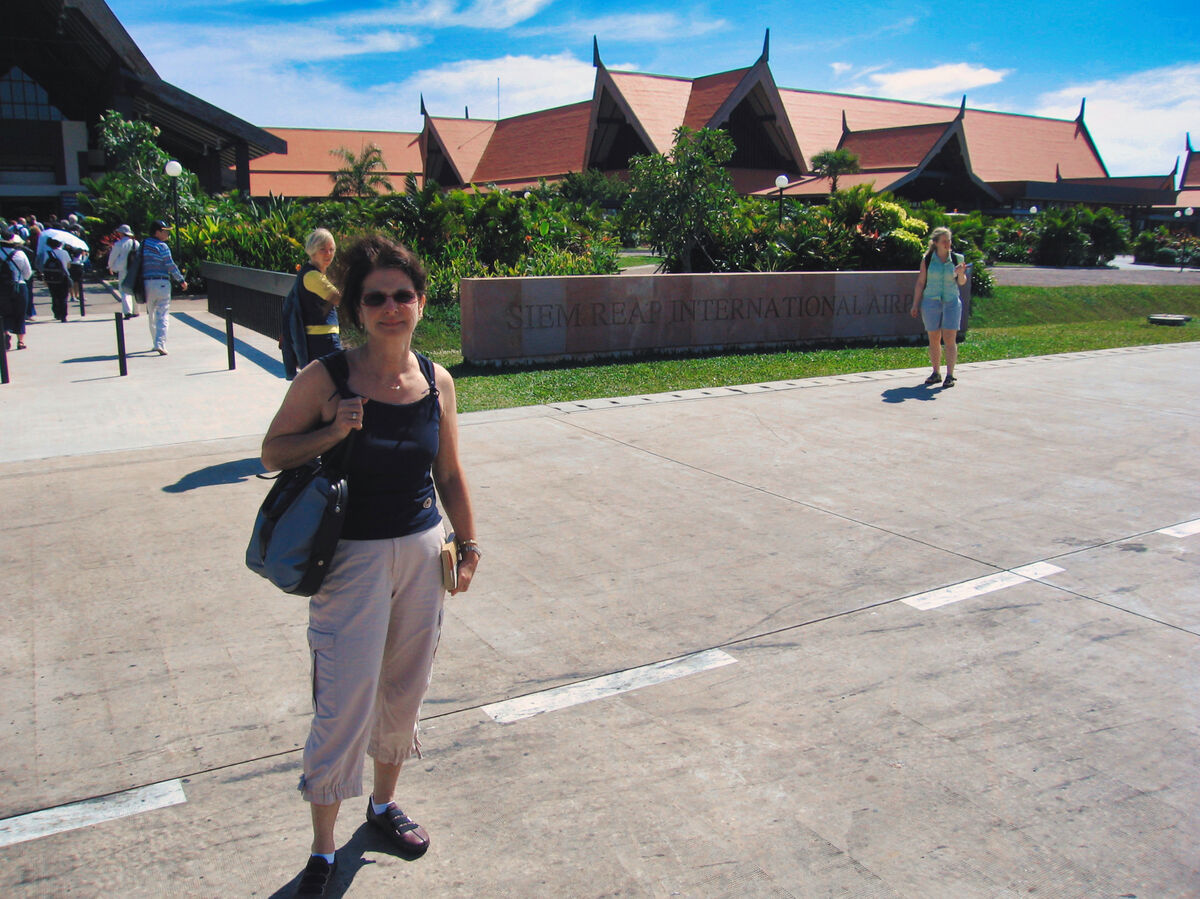
(Download)
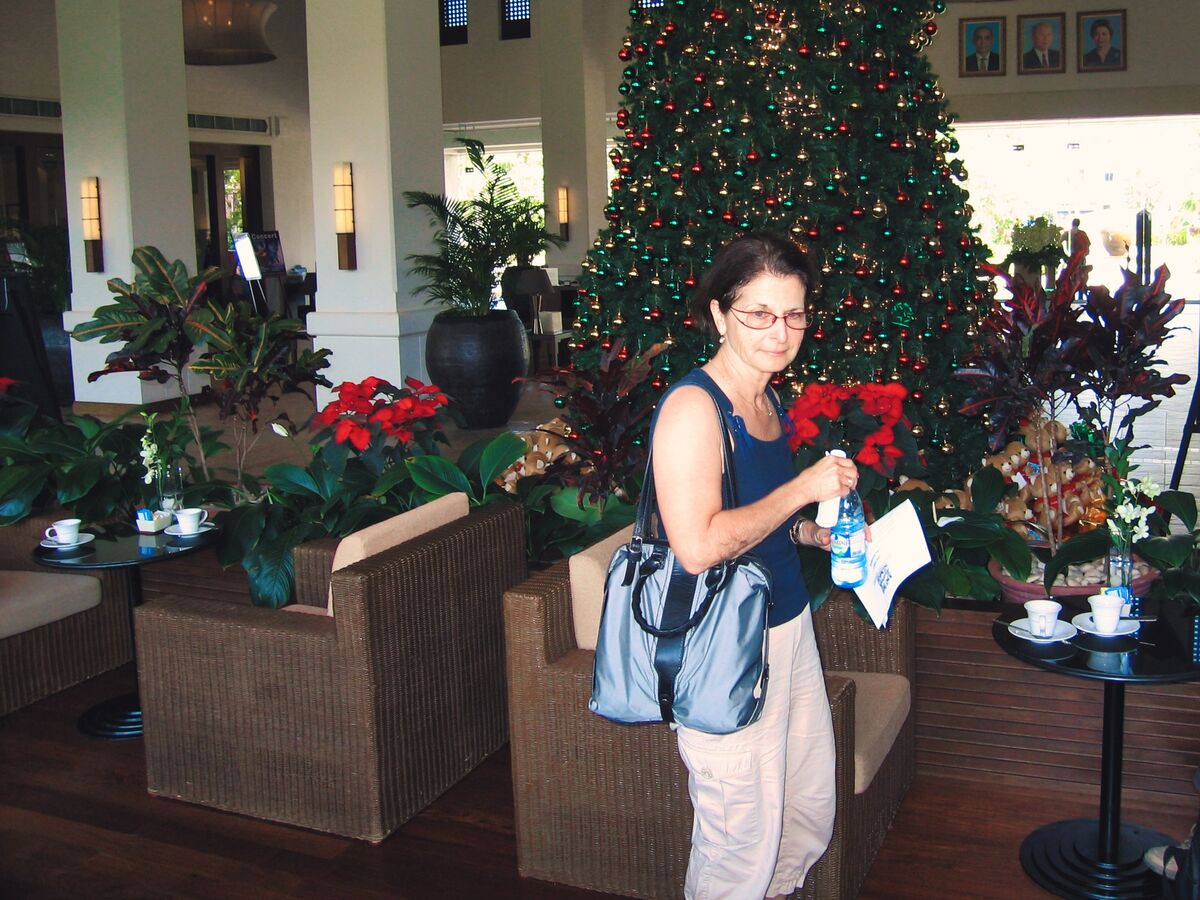
(Download)
The view from our room
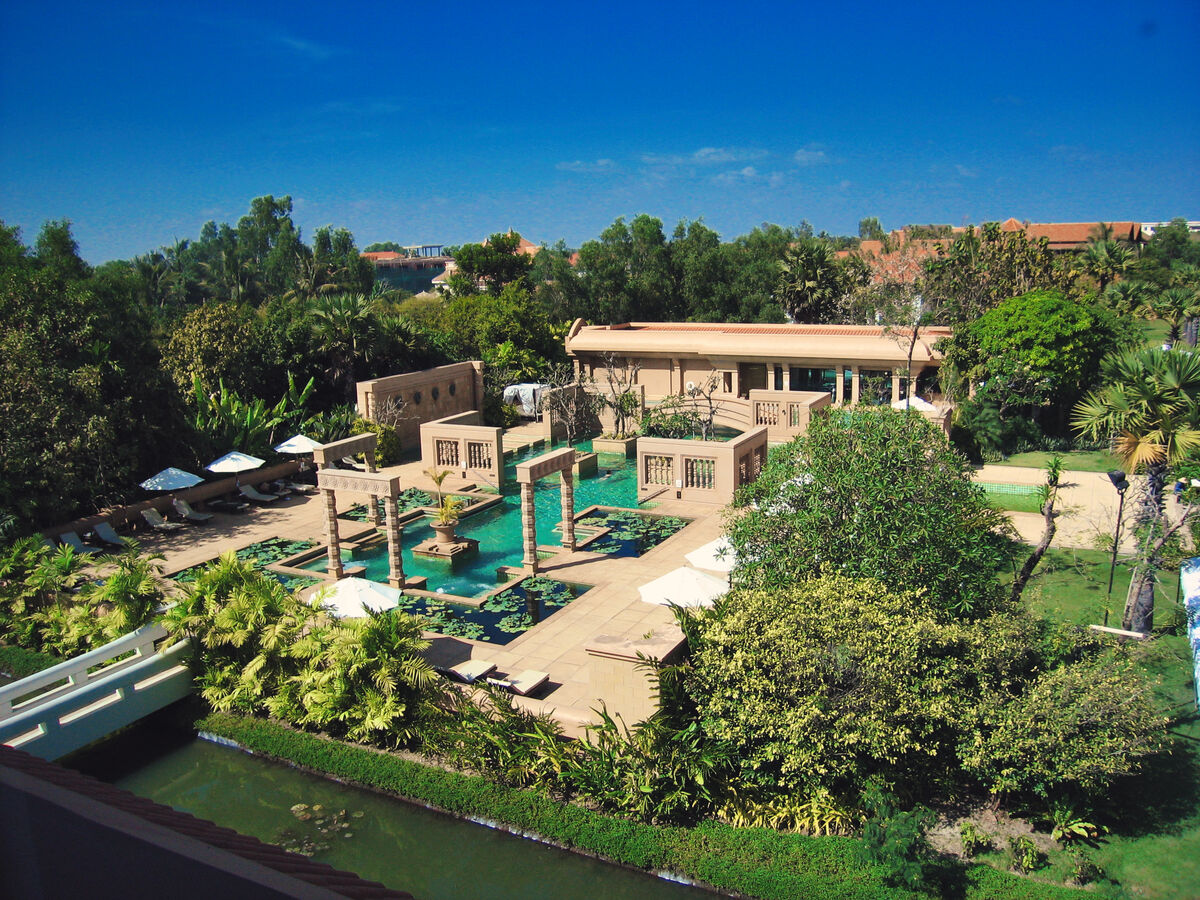
(Download)
Meticulously folded hand towels
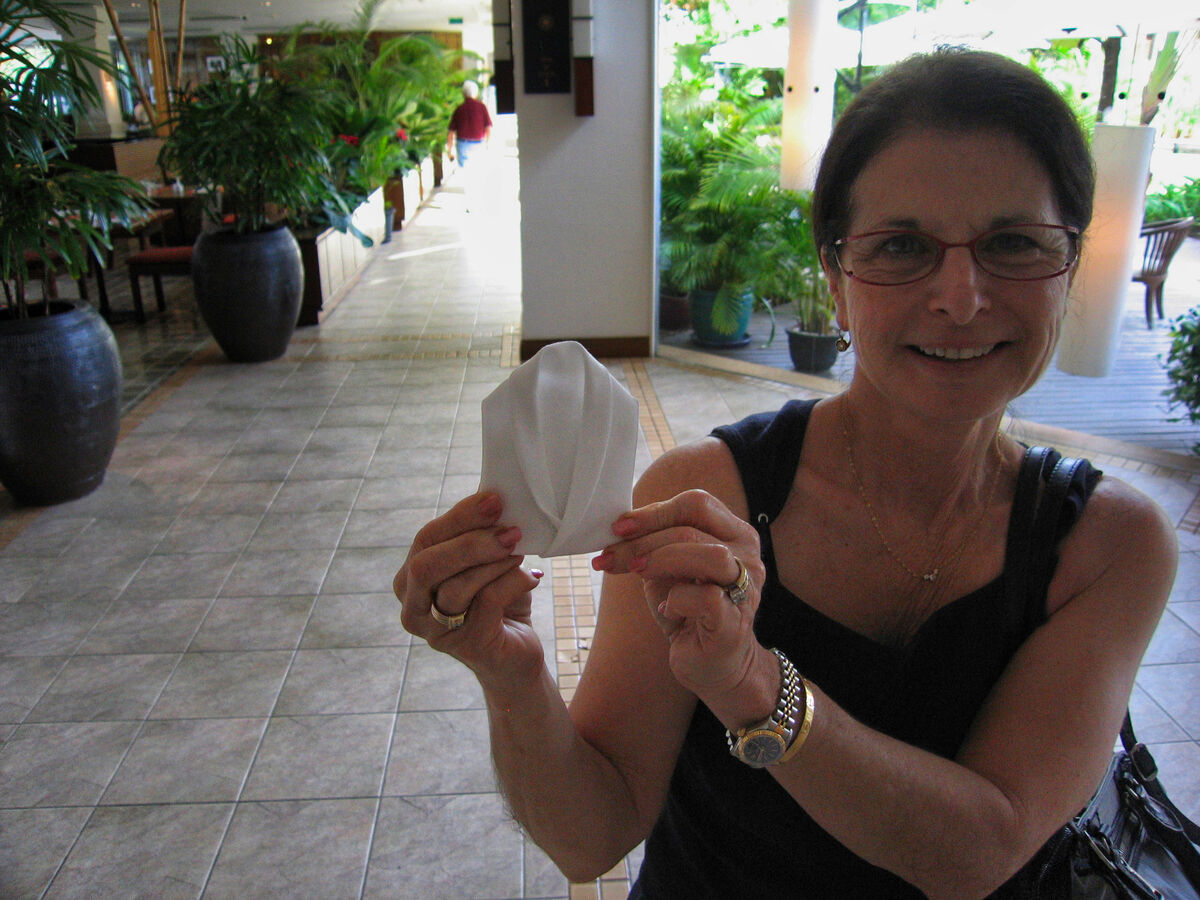
(Download)
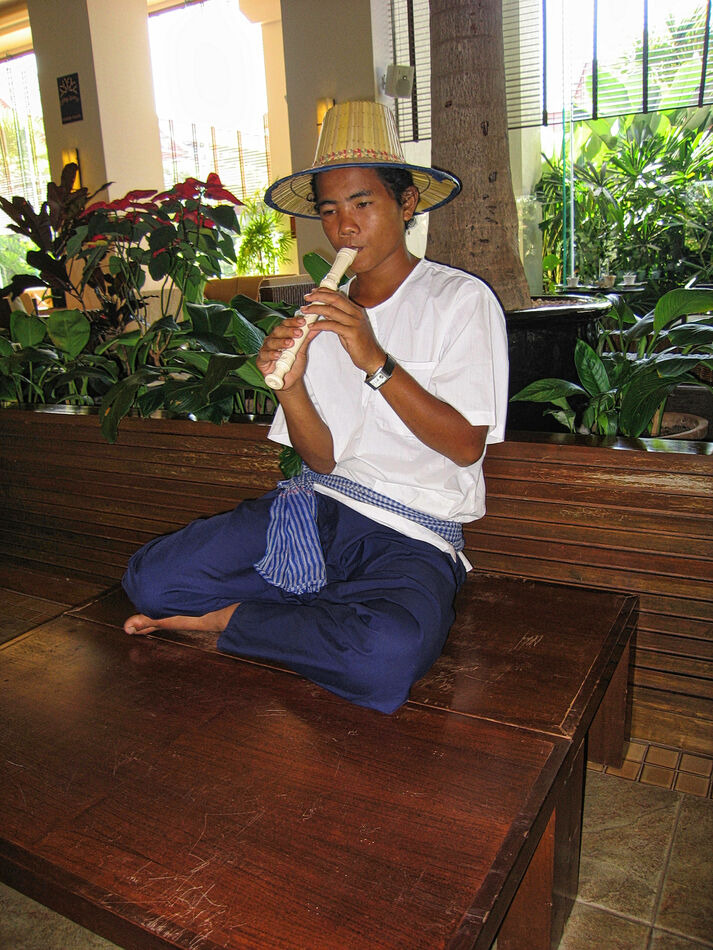
(Download)
On our drive to visit the temples
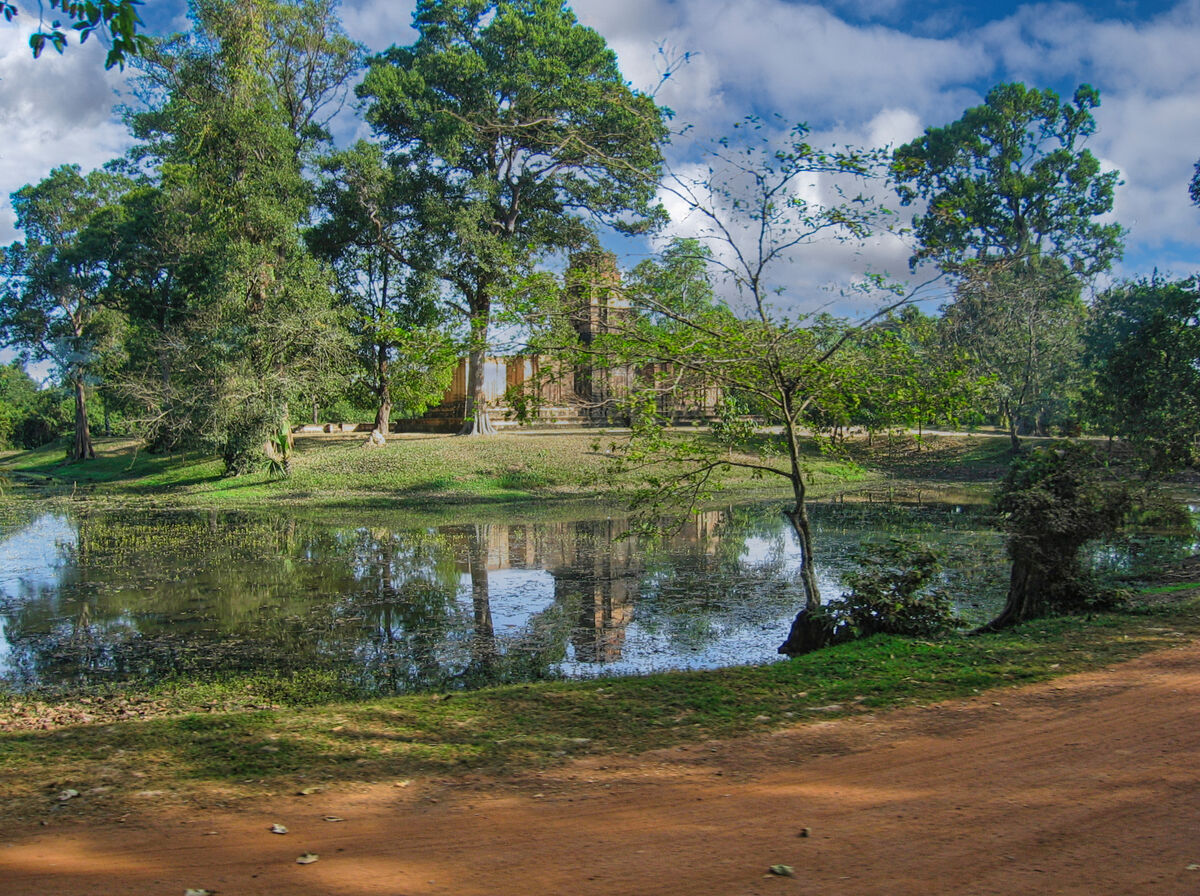
(Download)
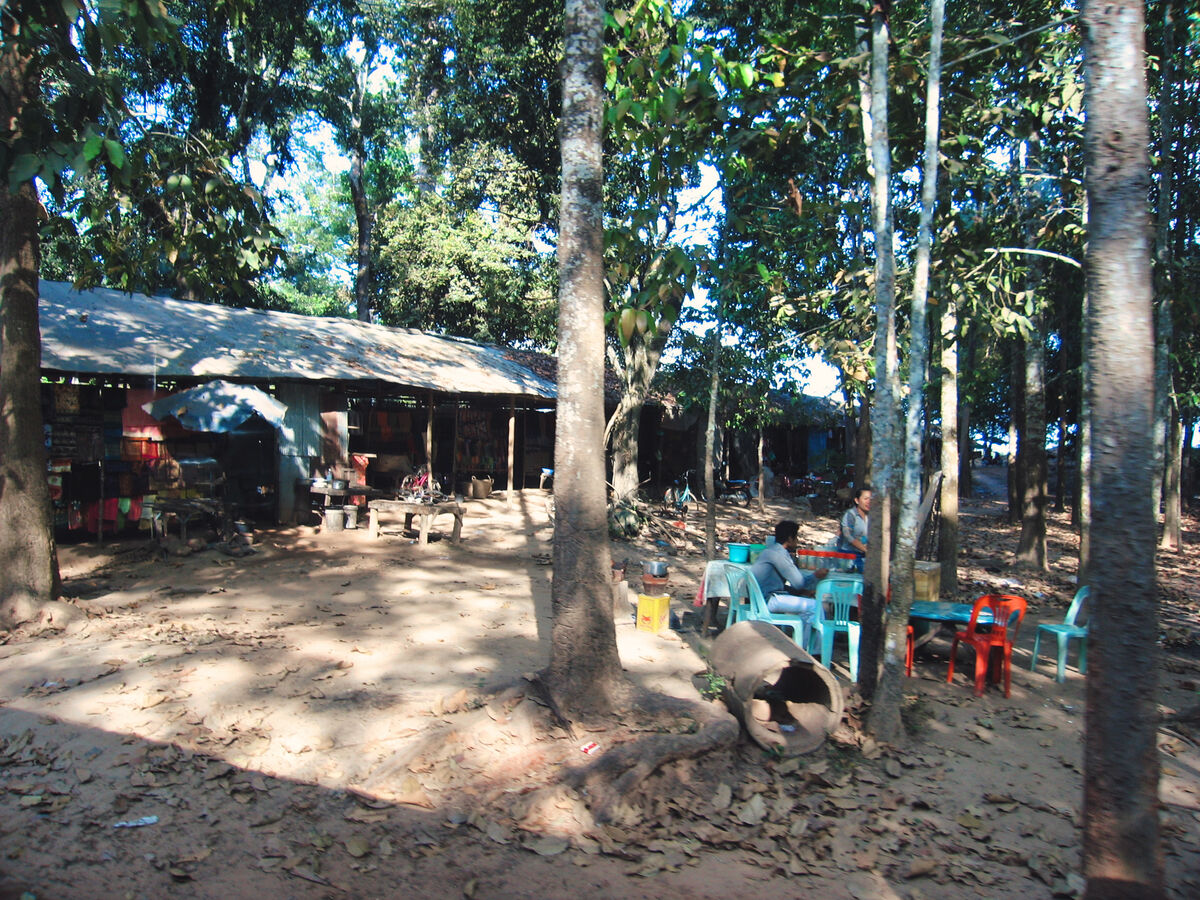
(Download)
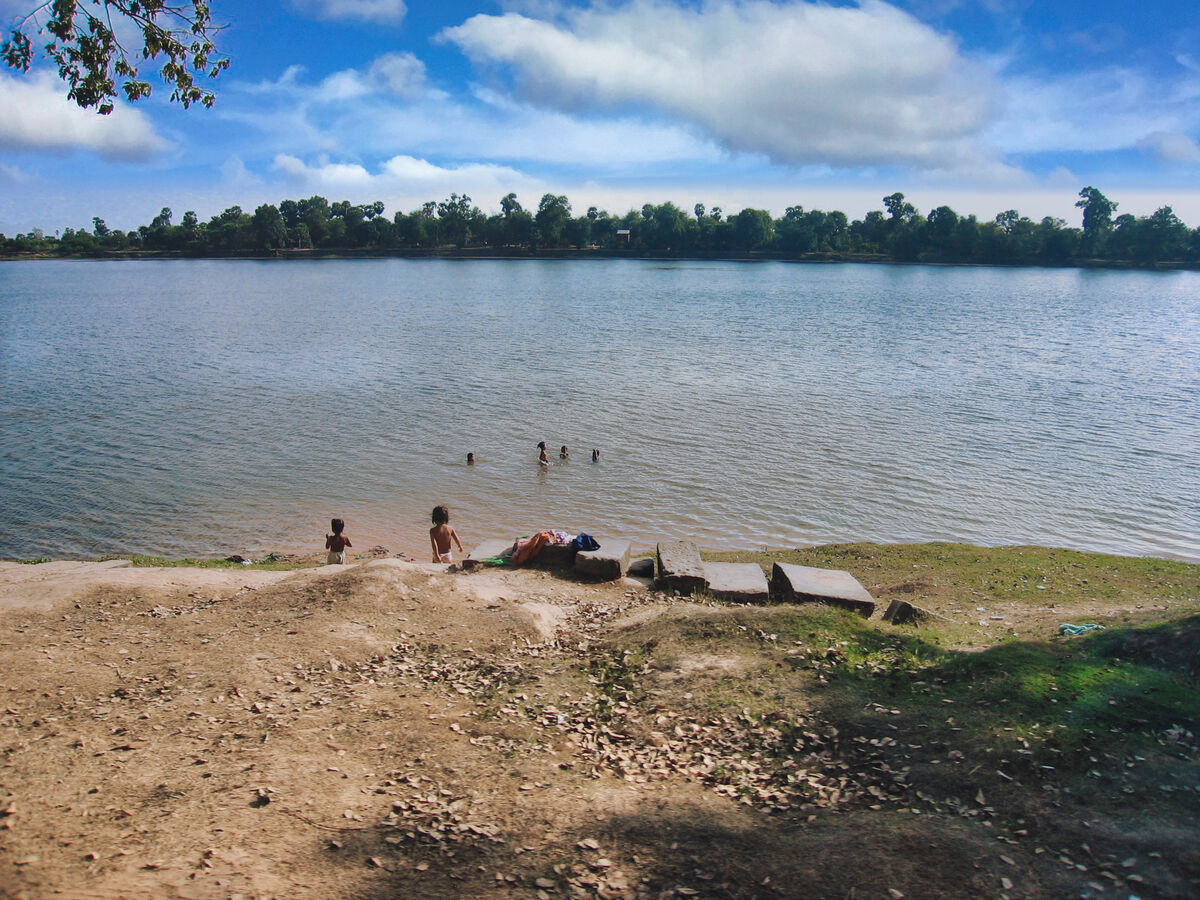
(Download)
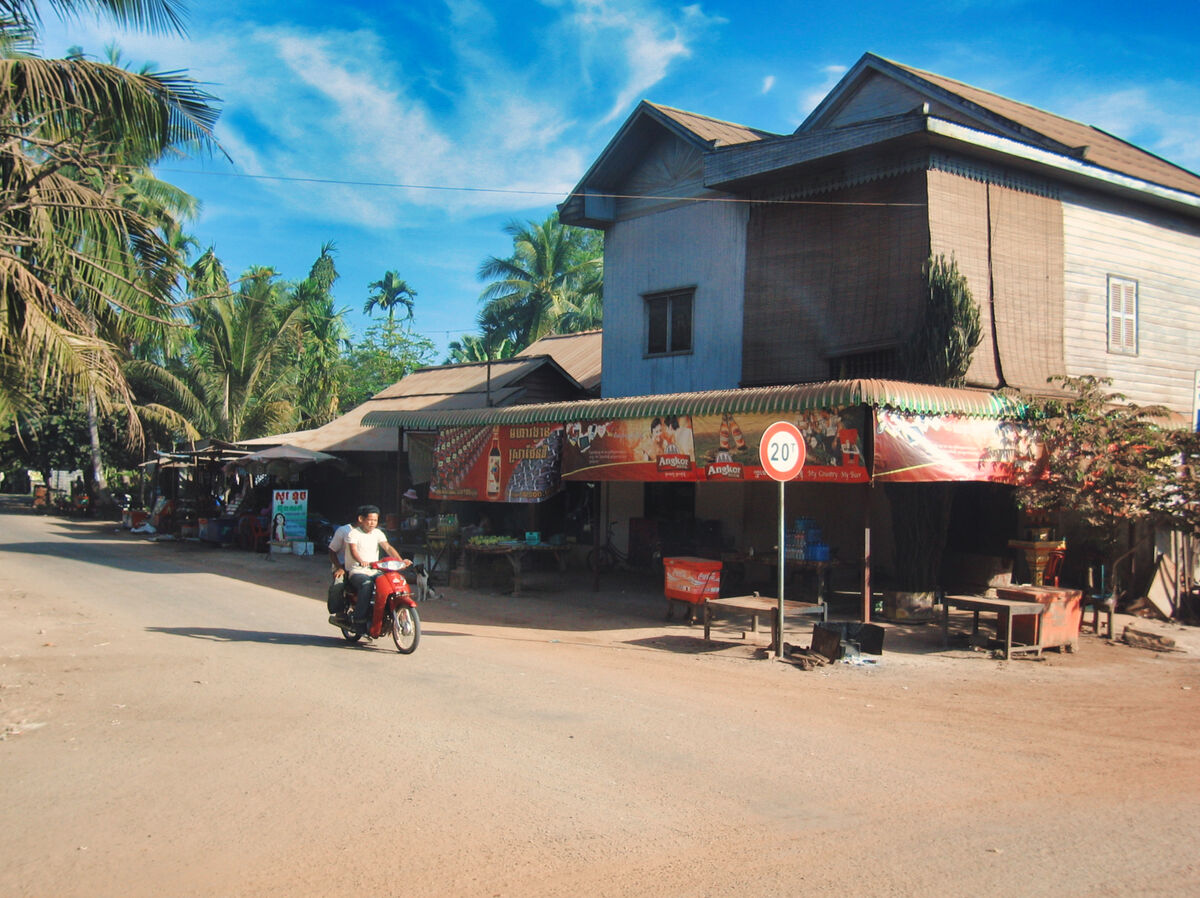
(Download)
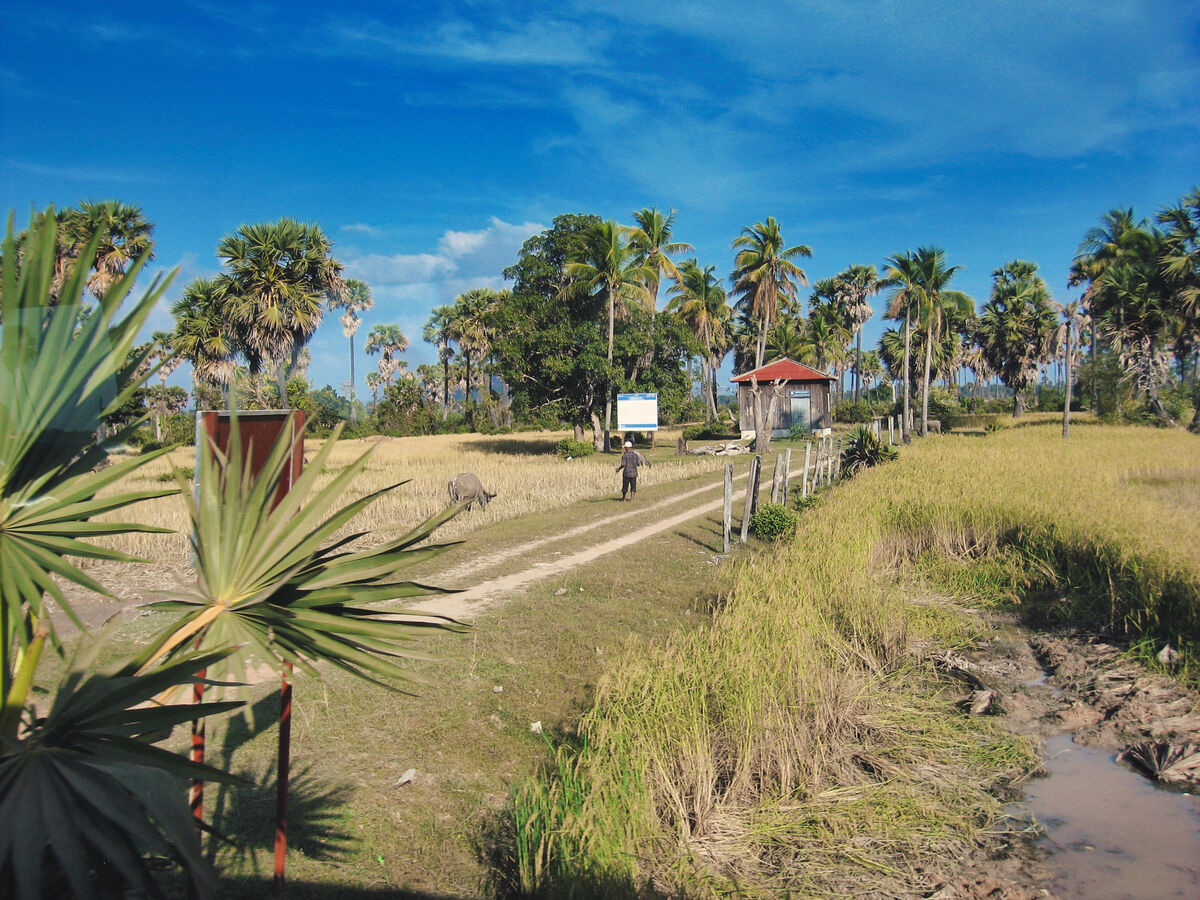
(Download)
Dec 23, 2022 14:38:09 #
Dec 23, 2022 15:36:14 #
Dec 23, 2022 16:16:53 #
srfmhg wrote:
Sadly, our week in Vietnam came to an end but more... (show quote)
Your shots always perfectly show the great beauty in a place as well as the interesting, warm-hearted people that make the location so special




 Thanks for sharing, and Happy Holidays to the both of you lovely UHHers ⭐⭐⭐⭐⭐
Thanks for sharing, and Happy Holidays to the both of you lovely UHHers ⭐⭐⭐⭐⭐Dec 23, 2022 16:27:03 #
Dec 23, 2022 16:34:52 #
Dec 23, 2022 16:48:50 #
Dec 23, 2022 17:00:37 #
NMGal wrote:
A good beginning.
Thanks so much Barbara. Many more to come.
Dec 23, 2022 17:01:45 #
joecichjr wrote:
Your shots always perfectly show the great beauty ... (show quote)
Thanks so much for your most generous comments Joe. Happy Holidays to you and yours as well.
Dec 23, 2022 17:02:04 #
Dec 23, 2022 17:02:26 #
Dec 23, 2022 17:03:11 #
UTMike wrote:
Beautiful start to Cambodia, Mark!
Thanks so much Mike. Happy Holidays to you and your family.
Dec 23, 2022 19:55:16 #
Dec 23, 2022 20:17:30 #
kpmac wrote:
More great work, Mark. Happy Holidays, my friend.
Thanks so much Ken. Happy Holidays to you and your family!
Dec 24, 2022 05:37:36 #
srfmhg wrote:
Sadly, our week in Vietnam came to an end but more... (show quote)
Great set of images!!! Mark
If you want to reply, then register here. Registration is free and your account is created instantly, so you can post right away.

